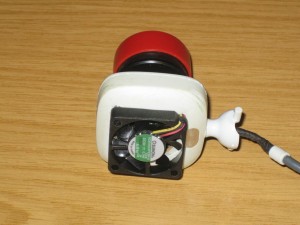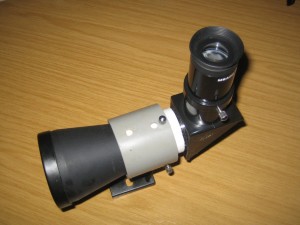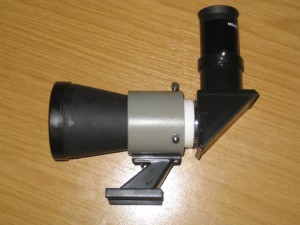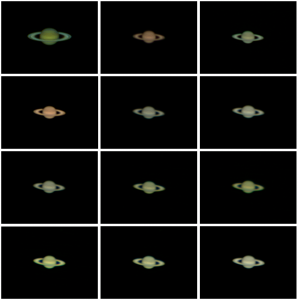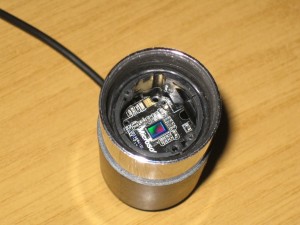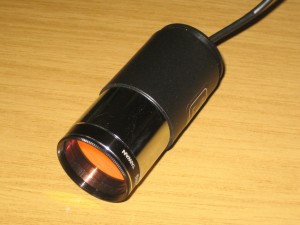The Xbox Live camera has found something of a following as a cheap planetary/lunar imaging camera since the SPC900 (which is undoubtedly a far better camera) started fetching silly prices. I’ve always found it very noisy however. The camera does get quite warm and it seems reasonable to assume therefore that the noise is partly due to heat. I’d seen someone else mod the camera to fit a fan, so I thought I’d have a go myself. I picked up a 30mm 5V fan from Ebay, cut a suitable hole in the back of the case, wired the fan to the USB 5V and ground lines and it seems to work nicely, at least as far as desktop testing goes. Proper testing will have to wait for a clear night I’ve not had one of those for a month 🙁 Here’s a photo of how it looks, anyhow:
-
Recent Posts
Recent Comments
- Ondra Flidr on Missing icons in Kstars and Ekos
- Peter Ruskin on Tonight Matthew, I am Dremel repair man
- andrea on Missing icons in Kstars and Ekos
- Ed Buckley on Separated at birth?
- james on Met Office forecast offers trial of new weather data
Archives
- July 2024
- June 2024
- May 2024
- April 2024
- March 2024
- February 2024
- March 2022
- February 2022
- January 2022
- December 2021
- November 2021
- September 2021
- August 2021
- July 2021
- June 2021
- May 2021
- April 2021
- March 2021
- January 2021
- December 2020
- November 2020
- October 2020
- June 2020
- February 2020
- January 2020
- November 2019
- September 2019
- August 2019
- July 2019
- June 2019
- May 2019
- April 2019
- March 2019
- February 2019
- January 2019
- December 2018
- November 2018
- October 2018
- September 2018
- August 2018
- June 2018
- May 2018
- April 2018
- March 2018
- February 2018
- January 2018
- November 2017
- October 2017
- September 2017
- August 2017
- July 2017
- June 2017
- May 2017
- April 2017
- March 2017
- February 2017
- January 2017
- November 2014
- October 2014
- September 2014
- August 2014
- February 2014
- November 2013
- October 2013
- June 2013
- May 2013
- April 2013
- March 2013
- February 2013
- December 2012
- November 2012
- October 2012
- September 2012
- August 2012
- July 2012
- June 2012
- May 2012
- April 2012
- March 2012
- February 2012
- January 2012
- October 2011
- September 2011
- March 2011
- February 2011
Categories
- 3D Printing
- Astro Equipment
- Astroimaging
- Astronomy
- BBC Micro
- Bee-keeping
- Beer-making
- Books
- Chickens
- Cider-making
- Computing
- Cutting Garden
- Dashcam
- Environment
- Health
- Learning piano
- Linux
- Machinery
- MythTV
- Observatory
- Orchard
- Pigs
- Polytunnel
- Precision Plank
- Projects
- Quadcopters
- Random
- Raspberry Pi
- Science
- Smallholding
- Smoker
- Swimming
- Television
- Uncategorized
- Veg plot
- Workshop
Meta

